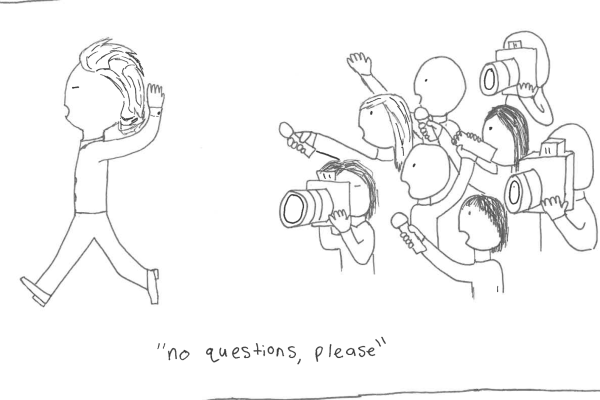REVIEW: The novella ‘Aura’ continues to dazzle decades later
 “Aura” is one of the most unique stories I have ever read. It was initially written in Spanish and translated to English.
“Aura” is one of the most unique stories I have ever read. It was initially written in Spanish and translated to English.
I own a bilingual edition, where all the even pages tell the story in Spanish and all the odd pages tell the story in English. In this way, I have had the ability to experience the story in two languages, where I could compare and contrast the writing styles.
The 1962 novel tells the story of señor Felipe Montero, who applies for a job in a newspaper ad. The job requires a background in writing, the ability to read and a historical knowledge of colloquial French.
Montero goes to the address in the ad and meets widow Señora Consuelo, who explains that her late husband was writing his memoir until he passed. She wants someone to read up on his life and write in his prose to complete his memoirs.
In addition to having to learn about Señor Llorente Consuelo, Montero has to stay in Señora Consuelo’s home until he’s done. Montero almost denies the position due to the dirty state of the home and Señora’s attitude, but after meeting Señora’s niece, Aura, he decides to take the job, taken aback by Aura’s beauty.
The short novel follows Montero writing Señor Consuelo’s memoirs. He interacts primarily with Señora and Aura, fantasizing and falling in love with the latter and battling a rising resentment toward the former. Monteroe thinks that Señora treats Aura like a servant.
At first glance, the story doesn’t sound that interesting to read, but the writing bolsters it. Throughout the entire novel, you can practically feel the darkness of Señora’s house, as if you were walking through a high school on a moonless night.
Señora always sits on her crumb-ridden bed in her dark room, where she feeds her pet rabbits carrots and bread. Her room is also where the rats in the house congregate.
Despite the darkness of Señora’s home, there is a garden outside. It seems to serve as an individual beauty in the story. Most of its beauty, though, comes from Aura.
The way author Carlos Fuentes writes Montero’s interaction with the setting, his interaction with the characters, and his own mindset hooks you to each page.
A crucial note about the story is the writing style. Fuentes adopts a second-person point of view in the present tense. This is what sells the story to where it cannot be set down. With Fuentes’ precisive use of “you,” the reader comes to feel as if they were actually Montero walking about this grim house, feeling a sense of unease and awe. The present tense clashes well with the second-person point of view, making the reader feel as if they are grounded in 1961 right now.
The only criticism I have is that the ending is quite confusing. There is an undertone of magical realism throughout the story, and it expresses itself in full force at the end.
Even the scenes which live within magical realism don’t really lead to a satisfying and realistic end. For instance, when Aura is skinning a goat to eat the meat in a few nights, Señora does the exact same movements in her room, as if Señora was controlling Aura like she was a telepathic puppet.
There is another scene where Montero sees an old photo of Señor Llorente, and is scared to find that he looks identical to the dead man.
The ending seems to fully rely on the magical side of the spectrum. In fact, I had to research the end because it didn’t make any sense to me. The best way I can explain the ending is that Montero and Aura have been compared to the late Señor Consuelo and Señora Consuelo. So when Montero goes to Aura to lie with her at the end, and they physically turn into the Señor and Señora, I assume it is a metaphoric message of fate and/or the cruel reality of history repeating itself.
I have never read a story like this before, and I know I will never again. It’s an incredible story of love, death, and fate all wrapped in a bilingual edition to portray a haunting and mesmerizing experience.

Tyler Guthrie was a columnist with The Sunflower. Guthrie uses he/him pronouns.












